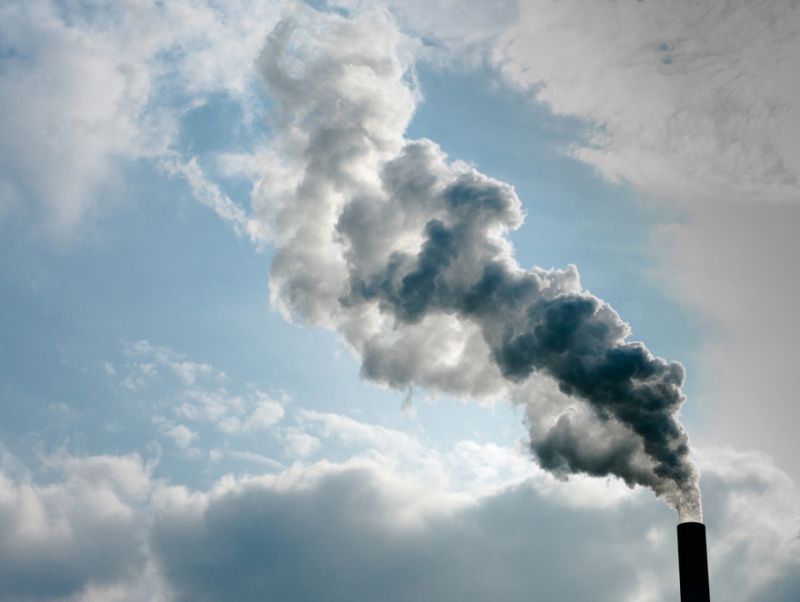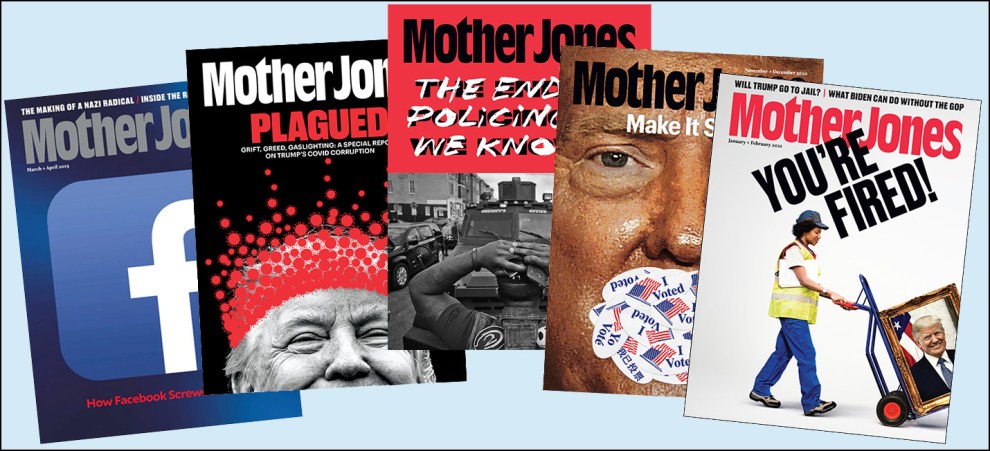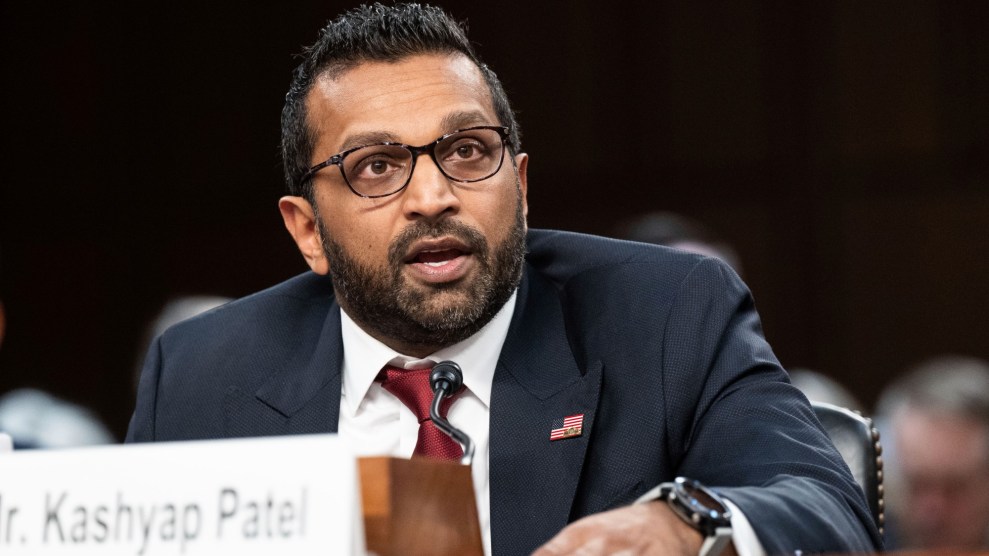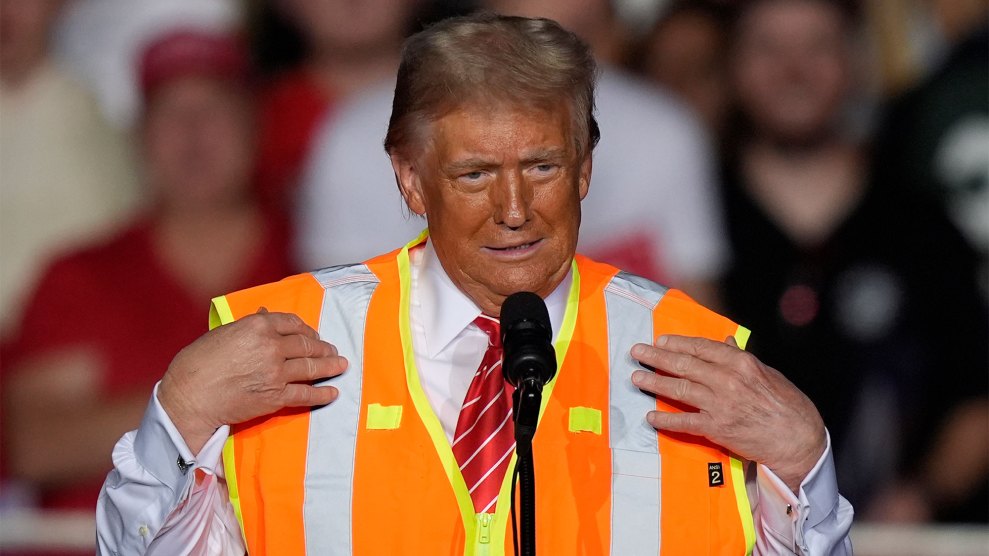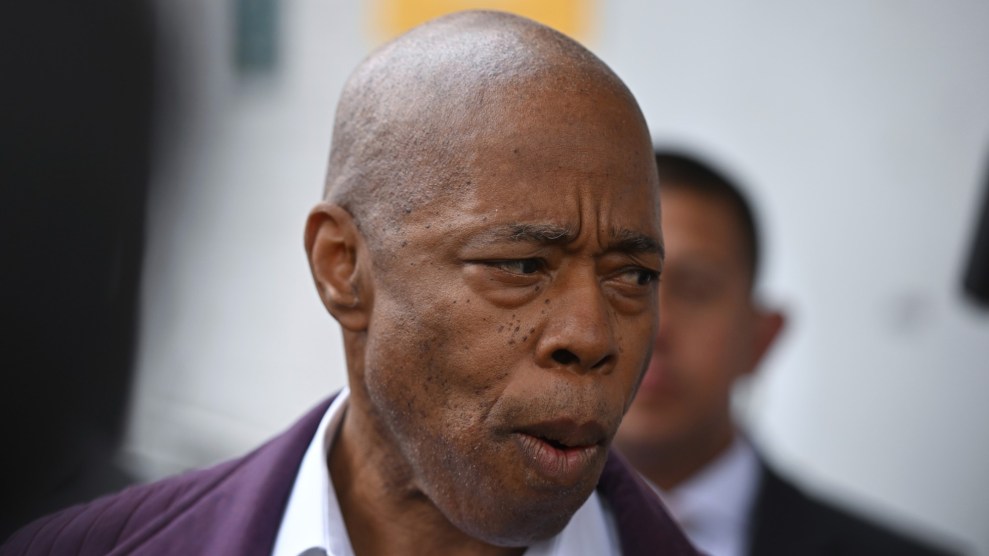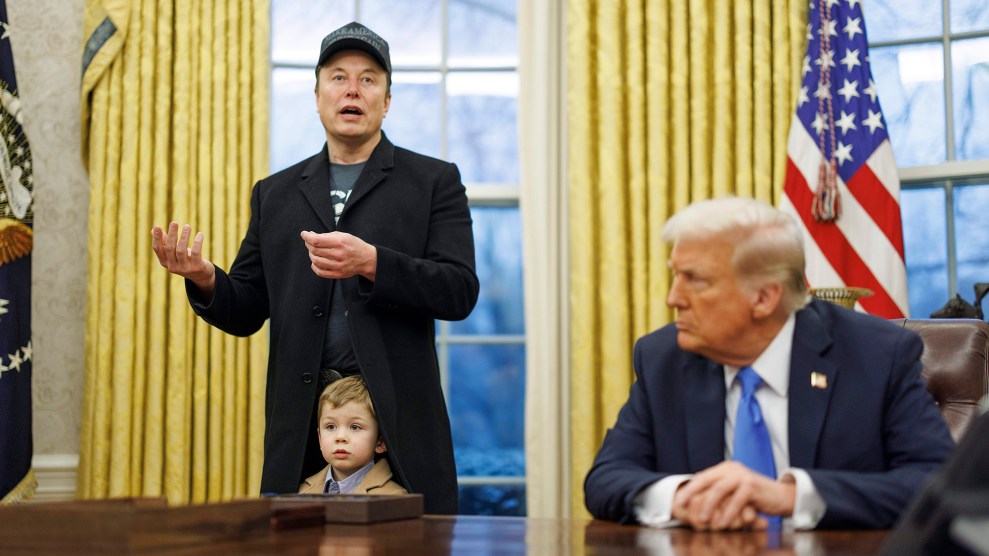The International Consortium of Investigative Journalists has just published a deep look into the World Bank’s track record of ensuring that the projects it sponsors don’t end up harming local communities.
Since 2004, more than 3.4 million people have been economically or physically displaced by Bank projects, according to the report’s analysis of the lender’s data. And while the Bank has policies requiring it to reestablish and resettle such communities, the ICIJ’s investigation found that they were falling short, operating under a troubling lack of safeguards, through bank officials too willing to ignore abuses committed by local partners, and with an institutional culture that values closing big deals over following up on human rights.
After being presented with the ICIJ’s findings, the bank quickly promised reforms. But one part of the investigation contains this interesting passage, which suggests an unexpected reason the Bank may not be able to clean up its act: competition has gotten too stiff.
As it enters its eighth decade, the World Bank faces an identity crisis.
It is no longer the only lender willing to venture into struggling nations and finance huge projects. It is being challenged by new competition from other development banks that don’t have the same social standards—and are rapidly drawing support from the World Bank’s traditional backers.
China has launched a new development bank and persuaded Britain, Germany and other American allies to join, despite open U.S. opposition.
These geopolitical shifts have fueled doubts about whether the World Bank still has the clout—or the desire—to impose strong protections for people living in the way of development.
United Nations human rights officials have written World Bank President Kim to say they’re concerned that the growing ability of borrowers to access other financing has spurred the bank to join a “race to the bottom” and push its standards for protecting people even lower.
Today’s package of stories, published with the Huffington Post, is the first installment of a series reported in 14 countries by over 50 journalists. More than 20 news organizations were involved in the effort.


